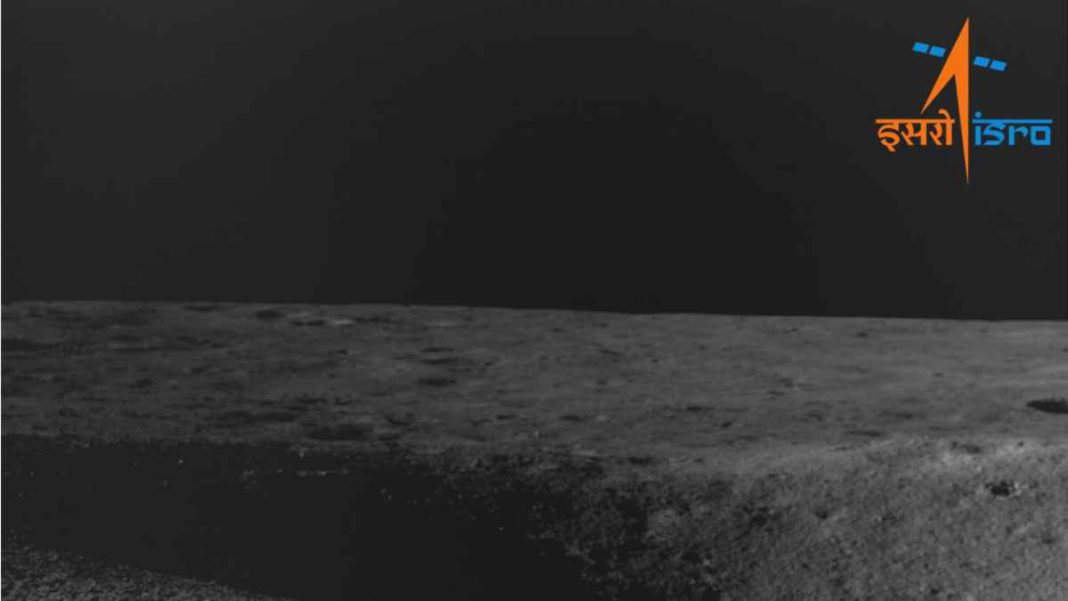INDIA: Indian Space Research Organisation’s Pragyan rover, deployed as part of the Chandrayaan 3 mission, has made significant strides in lunar exploration. The rover’s Laser-Induced Breakdown Spectroscope (LIBS) has unveiled crucial insights about the moon’s composition, marking a historic milestone.
Confirmation of sulphur and other elements
ISRO’s Pragyan rover, a key component of the Chandrayaan 3 mission, has achieved a groundbreaking feat by confirming the presence of sulphur on the lunar surface near the moon’s south pole.
This remarkable achievement is the result of the first-ever in-situ measurement of sulphur on the moon. The LIBS instrument developed at the Laboratory for Electro-Optics Systems (LEOS)/ISRO in Bengaluru played a pivotal role in this discovery.
Additionally, the rover’s spectroscope has detected the presence of several other elements as expected, including aluminum, calcium, iron, chromium, titanium, manganese, silicon, and oxygen.
The comprehensive array of elements identified sheds new light on the moon’s chemical composition and adds to our understanding of its geological history.
Hydrogen search underway
While the Pragyan rover’s findings have been groundbreaking, the mission’s search for hydrogen continues. The ISRO statement mentioned, “A thorough investigation regarding the presence of hydrogen is currently underway.”
The presence of hydrogen is of particular interest, as it could offer valuable insights into the moon’s water resources and the potential for future lunar exploration.
Unveiling lunar secrets
Following the successful landing of the Vikram lander as part of the Chandrayaan 3 mission on August 23, ISRO has been making strides in lunar exploration. The Pragyan rover was released from the Vikram lander and has been diligently traversing the lunar landscape near ‘Shiv Shakti’ Point, the designated landing site.
A recent video released by ISRO showcased the rover in action, maneuvering around the landing site as it sought to uncover more of the moon’s mysteries.
Overcoming challenges
The journey has not been without its challenges. On August 27, the Pragyan rover encountered a four-meter-diameter crater positioned three meters ahead of its location.
In response, the rover was instructed to retrace its path and has now embarked on a new route, ensuring its continued safe navigation across the moon’s surface.
Historic achievement
India has etched its name in history by successfully landing on the moon’s South Pole for the first time. The Chandrayaan 3 mission’s triumph on August 23 marked a monumental achievement for ISRO and the nation as a whole.
As the Pragyan rover’s exploration progresses and more data is gathered, scientists and researchers anticipate a wealth of knowledge about the moon’s geological and chemical makeup, offering unprecedented insights into Earth’s celestial neighbor.
Also Read: Former ISRO Scientist Nambi Narayanan Highlights Lack of Faith and Funding from Previous Government



